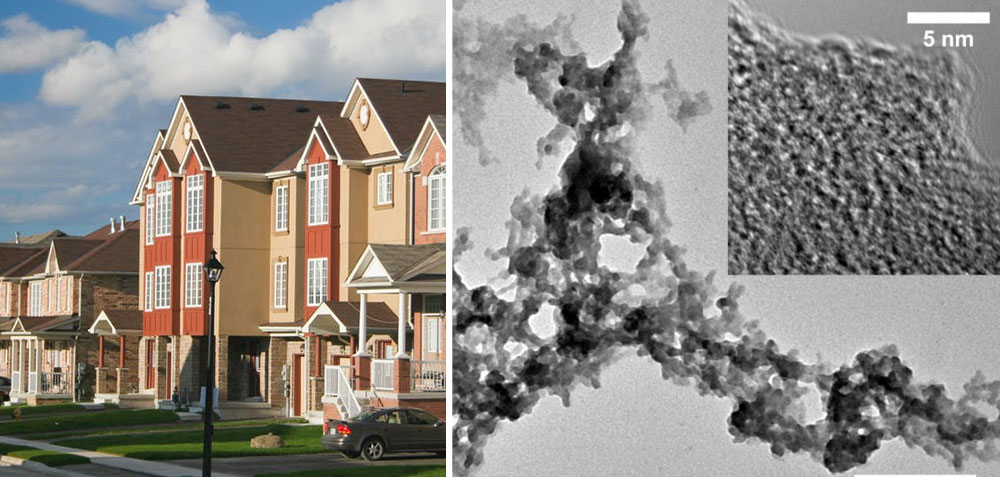
Solar paint uses chlorine chemistry to make clean energy from water vapor
Scientists at Australia’s RMIT University have developed a solar paint that can absorb water vapor and split the water molecule to generate hydrogen gas, the cleanest source of energy (Eurekalert press release, June 14; ACS Nano, June 14; YouTube video; and Treehugger.com, June 14).
The paint contains titanium dioxide – made using chlorine chemistry, and also used in solar panels and paints – with newly developed synthetic molybdenum-sulfide. This new substance enables water molecules to split into hydrogen and oxygen, producing hydrogen fuel from solar energy and moist air, and acting as a semi-conductor.
“Titanium oxide is the white pigment that is already commonly used in wall paint, meaning that the simple addition of the new material can convert a brick wall into energy harvesting and fuel production real estate,” according to lead researcher Dr. Torben Daeneke, quoted in the press release.
The new development offers multiple advantages, with no need for clean or filtered water to feed the system, and the ability to make fuel at any location with water vapor in the air. This includes remote areas far from water, or very dry hot climates near oceans, notes the video.
